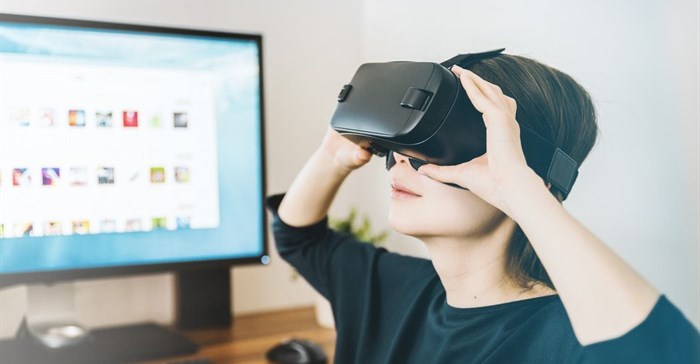When you think of virtual reality (VR) and augmented reality (AR) you probably associate the technology with Pokemon Go and marketing gimmicks. However, the technology is fast evolving from the domain of the professional gamers, "Glassholes", and more adventurous advertising agencies and into real life.
Glasshole: A smart-glasses wearer who refuses to take off their spectacles in public, leading people to assume they are recording or researching their peers instead of focusing on real-life conversations.
Here are a few of the key sectors set to be disrupted by virtual reality.
Education and training
Wouldn’t it be wonderful if trainee surgeons and dentists could practice honing their craft on virtual, rather than real patients? Well, thanks to advances in VR technology combined with haptic feedback, now they can. Haptic feedback is the technology that allows virtual tasks to feel real, through the use of sound and vibrations. Combined with technology, such as Microsoft’s Hololens VR hardware and software setups, medical students can practice operating on patients in a virtual training facility that is virtually the same as a real-life operating theatre.
Indeed, VR is ideal for training all kinds of high-stakes and dangerous activities, such as learning to drive a car, fly a plane, operate complicated factory machinery or even use a weapon. However, VR also has the potential to assist in more mundane education. VR classrooms can allow students to interact with subjects such as history, science and biology in a far richer and more meaningful way than they ever could with books and backboards. Imagine being transported, via VR, into a WWII trench or going on a realistic adventure through the human body, just like the kids in the animated Magic School Bus TV show did in the 1990’s.
National security
In China, police and national security forces are already using smart, AR-enabled Google Glass-type spectacles equipped with facial and voice recognition technology to identify members of the public. The glasses notify the agents if a passerby is a wanted or missing person. Technology also exists to do the same with smart contact lenses, which, unlike smart glasses, would be invisible to others.
China’s Minority Report style dystopian society aside, VR can also be a valuable tool for recreating and analysing crime scenes. By reconstructing a crime scene in VR, investigators and prosecutors can use the technology to both analyse evidence, jog witnesses memories and present scenarios to juries and judges.
Design and architecture
VR is a natural tool to assist designers and their clients in bringing their visions to life.
From simple smartphone camera apps that allow homeowners to change the paint colour of their walls and the type of flooring in their kitchen at the click of a button to fully fledged Hololens VR headsets that allow Volvo buyers to customise every detail of their new car before purchase, VR can bridge the divide between a designers drawings and their client desires.
Looking further head, VR designers will turn their attention to bio-design. Advances in medical technology and 3D printing mean designing and printing body parts and organs has moved from science fiction to science fact.
The applications are endless. Expect VR, though smartphones and smart glasses to become more and more commonplace in your daily life. Just try not to become a glasshole.













































